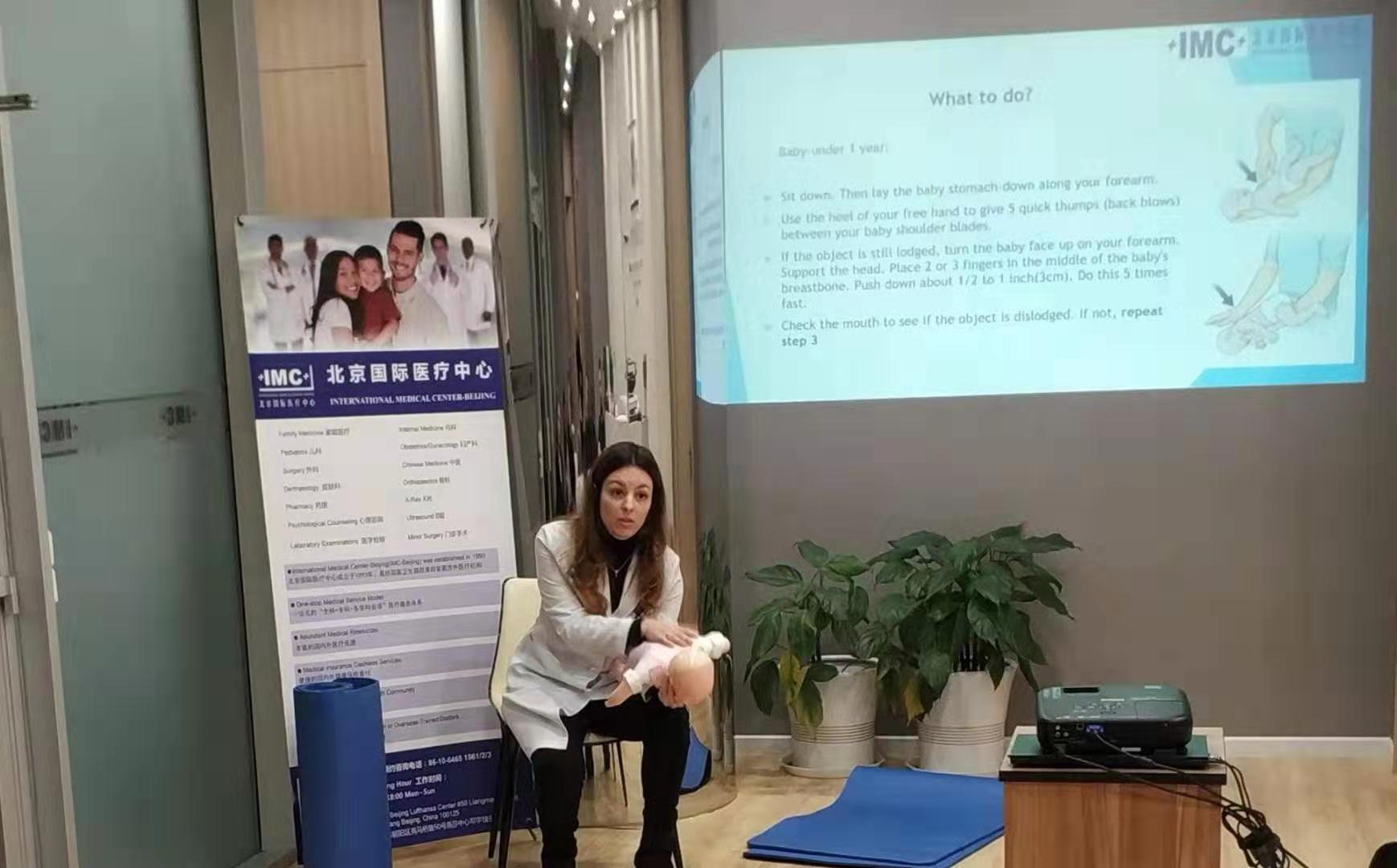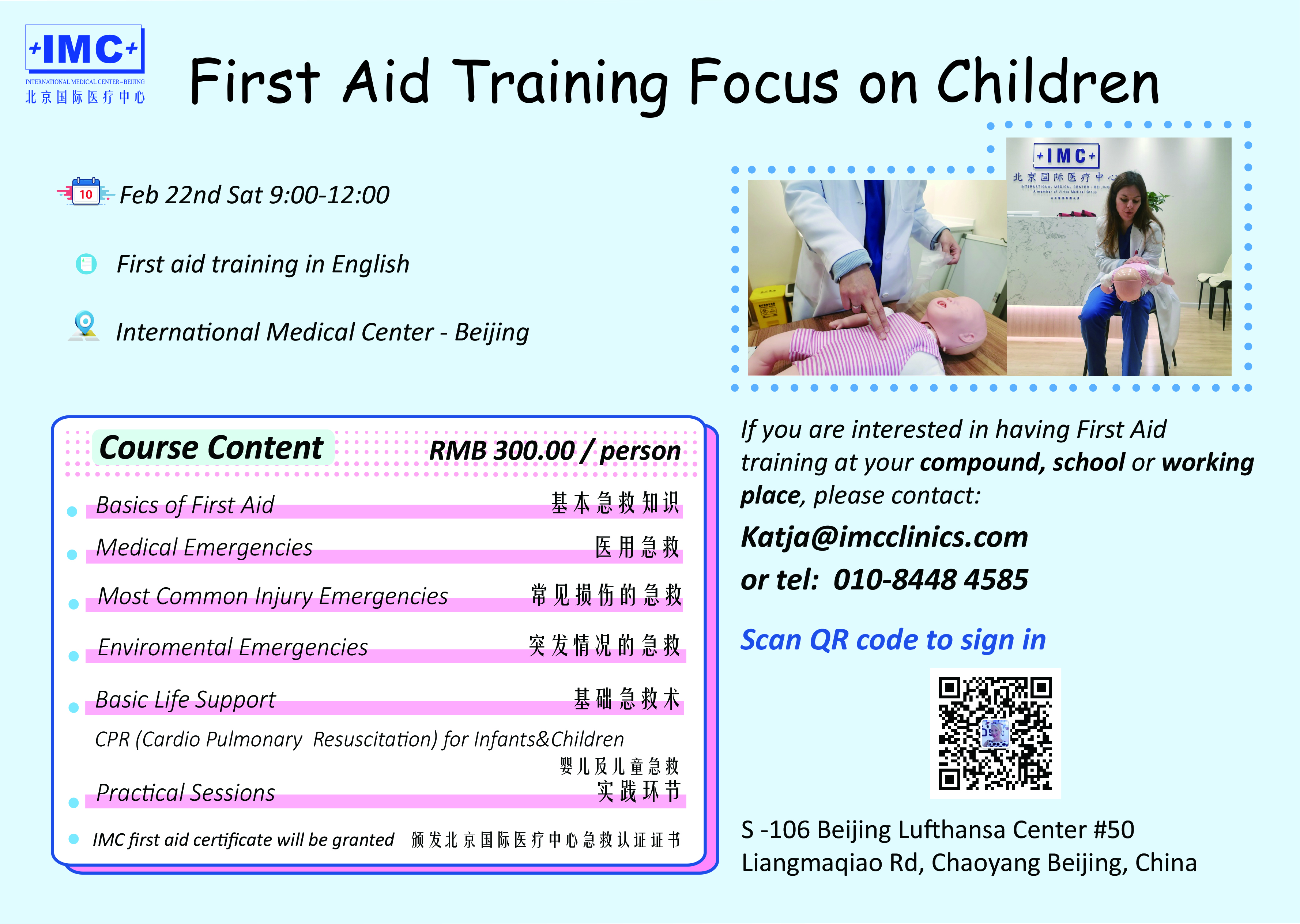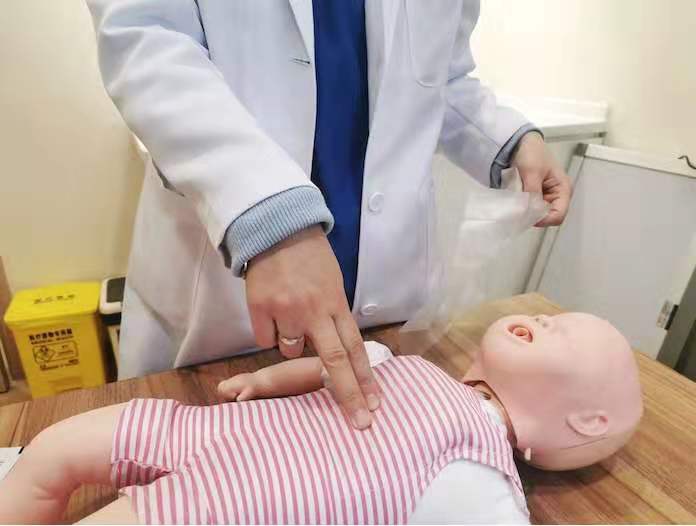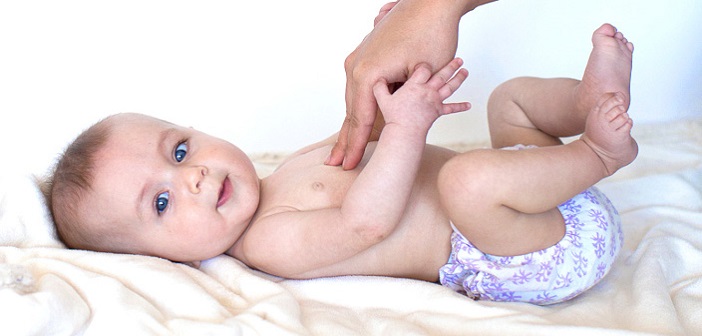One of the harder truths about parenting is there might not be enough caution, baby-proofing or monitoring to fully ensure your child’s safety. There is always the risk that the split second your vigilance is lowered even slightly is the time when some accident befalls your precious little bundle. There is also the terror which grips parents at the thought of having their children far from them. But kids have to go to school and parents have to go to work. Parents constantly question whether their children’s minders and teachers have the skills to deal with a medical emergency in the event that it arises.

Dr. Irena Mehandjiska
Truth be told, anyone short of a licensed medical professional might not have all it takes to fully deal with arising emergencies. But even the average loving parent or caring teacher can learn how to mitigate a potentially deadly situation until a licensed health professional can attend to the child. The International Medical Center Beijing, located at the Lufthansa Center near LiangMaQiao subway station, is one place they can learn such skills. This past Sunday, January 12, the center hosted its first of a series of first aid training classes for parents, parents-to-be, and educators alike. Participants were taken through the paces of dealing with an emergency, from administering CPR to the dressing of wounds and stabilizing of dislocated and broken limbs.
The next such training will be held on February 22 at the IMC Center. You can book your place by either emailing the address provided or scanning the QR code to secure your place.

But that is more than a month away. In the meantime, and leading up to the Chinese New Year festivities when merriment might come at a cost to the little one’s safety, it is important to have some information on hand. Dr. Irena Mehandjiska from IMC lays out simple information on what to look out for, and what to do in the event that the unthinkable happens. Dr. Mehandjiska is a General Practitioner, Family Medicine where she deals with emergencies and continues to provide first aid training for parents, teachers, and caregivers.
What are some of the most common emergencies to be expected by teachers and parents of small children?
The most common emergencies in children are divided in two groups. In the first group are the medical emergencies such as fever, meningitis, choking, allergic reactions, poisoning, and injuries. In the second group are the environmental emergencies such as sunburn, heat exhaustion, heat stroke, bites, stings, and drowning.

What standard first aid techniques should parents have on hand for this CYN period?
Standard first aid techniques and the most commonly used are CPR and the Heimlich Maneuver. CPR stands for cardiopulmonary resuscitation. CPR is a lifesaving procedure when a baby/child’s breathing and heart has stopped. It is performed after drowning, choking, or other injuries. The Heimlich Maneuver is a first aid skill that is performed to someone who is choking and has stopped breathing, in order to dislodge whatever is causing the choking.
How does one administer first aid and/or CPR to a child whose airway is constricted?
CPR begins with placing the child on a flat, firm surface and asking someone to call an ambulance; and you need to check the scene for safety. Then you need to check if the child is responsive, and you need to see if the child is breathing or has any body movement. If the child is unresponsive and not breathing you need to begin CPR. Begin CPR by placing the heel of the hand in the center of the chest. Cover the hand with the other hand and start giving compression by leaning over the child’s body and locking the arms. Give 30 compressions with a speed of 100 per minute. After this step, open the airway by lifting the chin and tilting the forehead, pinch the nose, and place your mouth over the mouth of the child and give two rescue breaths. If the child is still not breathing you need to continue with CPR until another rescuer takes over or the medical help arrives.
Photos: Courtesy of International Medical Center, infantcpr.com




